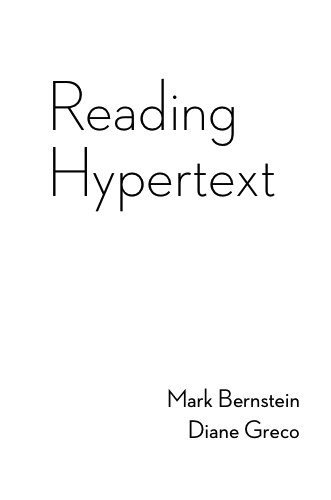Prosperity Gospel Software
Mark Bernstein
Broadly speaking, we all believe that good software – software that does a necessary job efficiently and delightfully – will prosper.
A number of writers turn this on its head to conclude that failure to make lots of money must indicate that the software is thoughtless, careless, or inconsiderate. Since I make software and I’m not particularly wealthy at the moment (though I’m not complaining), I’m naturally inclined to disagree.
Josh Lehman argues that the prevalence of free applications poses a special challenge to designers, arguing that they must follow Starbucks in putting (the appearance of) craftsmanship on display:
One proven way to push this craftsmanship to the surface is to focus on solid app design. It’s the one thing that will visually highlight the effort you put into your app. At the code level it may be just as much effort to create your “Task Master 3000″ app with an ugly veneer as it would be to give it a nice paint job, but the paint job will be all the user sees.
One more minor point: If your app crashes, that’s like serving up your Starbucks in a dirty cup. Game over. You already suffer from a tough craftsmanship sell, so when your app crashes (even if it’s a fringe case and tough to solve) the user will assume you built the thing in 2 days and are trying to rip them off.
It might be true that people think this. Lehman, who boasts at the top of his weblog that he’s a Christ-follower, is trying to encourage people to think it while pretending it’s not him, it’s those other people.
Similarly, he equates elegant software design with a coat of paint. Software design is neither paint nor veneer. A better analogy might be finish carpentry and fine cabinetry, though my own experience of design suggests that painting or sculpture are closer yet. Paint is applied to a finished surface; design must be built into the application from the beginning.
Surface isn’t the only thing the user sees. Users see results. That’s what matters. Software isn’t a knick-knack on the mantlepiece; it’s a tool for doing things that matter.
As for the surface impression of craftsmanship, that’s a surface impression, conveyed in Lehman’s world of 99¢ apps to people who don’t really know what they’re looking at.
